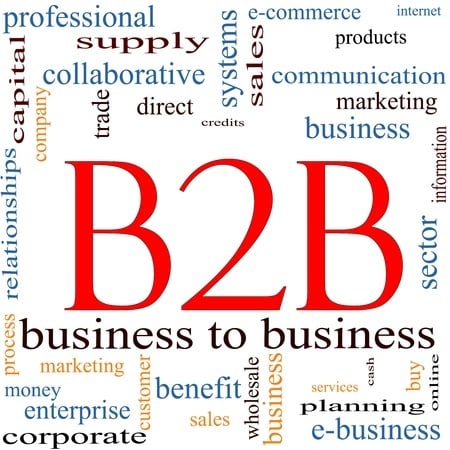Where are citizens?
Social networks and blogs are the 4th most popular online activities. Ten percent of all time spent on the Internet is focused on social media sites. There are over 500 million users on Facebook today. Eighty percent of companies will use LinkedIn as a primary tool. YouTube has more than 75 billion video streams. Twitter has more than 20 million unique visitors per month. (Source: econsultancy blog)
The numbers speak for themselves. Citizens are engaging, collaborating, complaining, praising, recommending and sharing amongst each other and directly with private and public sector organizations through social media channels. Social media has proven to provide organizations with a medium to disseminate information to the citizens and get their feedback—quicker, cheaper and more consistently.
So how does your organization leverage social media channels to better engage with and serve citizens? The following are 5 ways your organization can consider to better serve citizens and foster engagement through the utilization of social media.
1 -Provide timely, immediate, and compelling information
Social media channels provide your organization with the opportunity to provide real time and accurate information to citizens. In fact, recent examples demonstrate that government is often relying on twitter or other social media channels as their first communication source to keep citizens informed about everything from press releases to car accidents and structural fires. Law enforcement and public safety organizations rely heavily on these channels to quickly distribute alerts and updates on natural disasters and other accidents such as response to local fires or rescue operations in the event of a crash. A prime example is when Flight 1549 landed on the Hudson, it was not TV or radio that was first to share the information. Instead, the quickest way word was distributed about the significant occurrence was via twitter.
2 -Provide information in their medium choice
We are all individuals. Some of us like to read the newspaper, others listen to the radio or watch TV and now many of us rely heavily on social media channels to receive and distribute information. Citizens differ in the way they like to receive information and organizations need to be cognizant of all potential preferences to make information readily available through these different channels. Many people spend a significant amount of time interacting in social media channels and as a result receive a bulk of their information through these interactions. As a result, if you are limited in your ability to reach people through social media channels, you are likely to miss a significant portion of your audience.
3 -Give them the ability to provide input
Lower the barrier of entry and give citizens non-threatening and easy ways for them to engage with your organization. As citizens we genuinely want to help and have passions for which we are more than willing to contribute ideas and feedback. However, often times the barrier to provide this feedback is too high. With all the commitments citizens have- work, family, social and community activities it is unrealistic to expect a significant amount of participation in a meeting your organization hosts in person, downtown and afterhours. Despite our best intentions, something else always gets prioritized above that meeting. You can still host the in person meeting, but why limit your participation to that physical event and instead provide multiple channels for feedback and participation through the development of online communities and other social channels. There are multiple ways to solicit feedback quickly.
4 -Give the ability to request service in a variety of formats
We have come a long way, but there is plenty of room for improvement. There once was a day when ordering a parking permit, requesting a social security card, getting a renewed driver’s license, applying for a passport, all had to be done painstakingly by spending hours in a line, several miles from home. Great strides have been made to automate many of these processes by providing self service access through web channels to allow citizens to request and complete many of these tasks. However, wouldn’t it be great if a citizen forgot to display the city parking permit in the car before leaving the house but could send a request through a Smart Phone to download a copy of the permit while on the go?
5 -Put a human face to government
Who is the Environmental Protection Agency? What is the Department of Energy? As citizens we have an idea of each agency’s mission and purpose, but we feel a tremendous distance. Are these large bureaucratic entities working on policy and initiatives that will never impact me? No, these are organizations made up of several hundred, in cases thousands of individuals, also who happen to be citizens whose goal is to improve services to the public. Social media provides organizations the opportunity to show they are human and provide access to the passionate and charismatic individuals who have committed themselves to public service to better serve citizens and the country.
These ideas and more information for government to leverage social media to enhance citizen engagement are shared on the webcast, Citizen Engagement Survival Guide: 5 Ways to serve citizens in today’s Social Media culture that GovLoop and RigthtNow recently hosted. Tune into the replay of this webcast, to gain further insight and ideas from presenters Steve Ressler President and Founder, GovLoop, Dan Munz Center for New Media and Citizen Engagement U.S. General Services Administration and John Kembel VP, Social Solutions RightNow.



